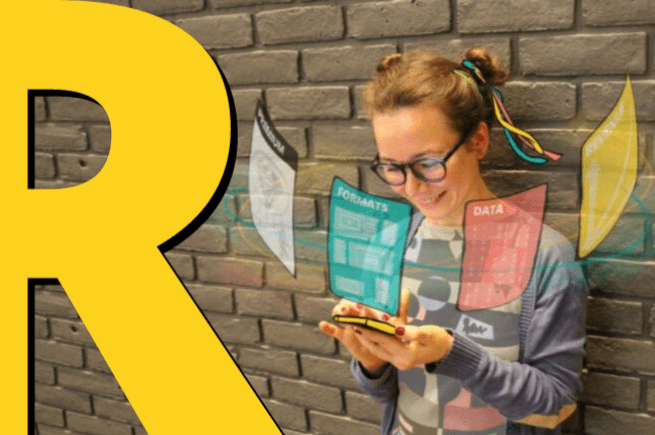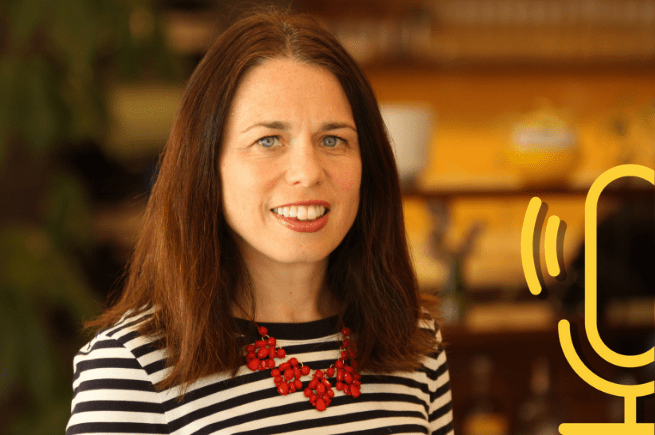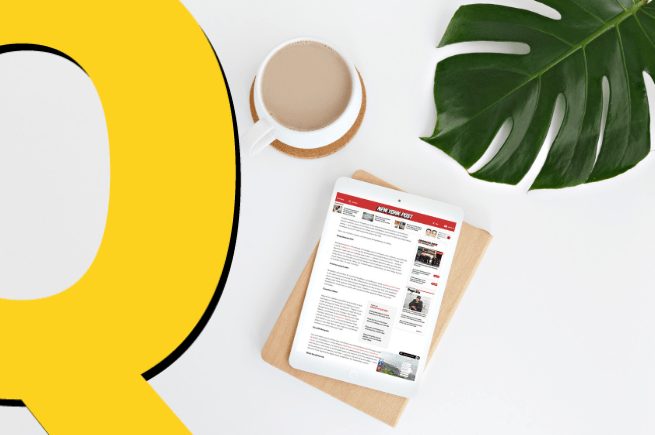
The Unruly Blog
Stay ahead of the curve and at the forefront of ad tech with the Unruly blog, covering stories from across the Unrulyverse and beyond!
R is for RTB
In the latest addition to our A-Z of Adtech series our Product Compliance Director, Kelly Jacobson Collins, takes a look at RTB and the ICO’s latest report. Real-time Bidding (RTB) is a fundamental pillar of programmatic advertising and refers to the automated buying and selling of online ad impressions through real-time auctions which take place in milliseconds. Those auctions are facilitated and underpinned by an evolved adtech industry of which Unruly is part. I hear the ICO released an important report recently? In June, the ICO (the UK “data protection authority”) released their ‘Update Report Into Adtech and Real-Time Bidding’ report. It focuses on the legalities and contractual complexities of the adtech supply chain via RTB. It surmises that the “adtech industry appears immature in its understanding of
Emotions at the Emmys
On the 16th July, agencies around the globe held their breath as the five nominees for the Outstanding Commercial category at the Emmys were unveiled. Nike’s Dream Crazy was an obvious contender but there were still a few surprises. The five nominees are as follows: Apple: Behind the Mac Sandy Hook Promise: Point of View Netflix: A Great Day in Hollywood Nike: Dream Crazy Apple: Don’t Mess with Mother We’ve run all five nominees through our emotional testing and targeting tool, UnrulyEQ, to find what sets them apart as a cut above the rest. A sense of purpose The first thing to note about this year’s nominees is that most of them are heavily focussed on issues of environmental and social justice. It’s no wonder then, that the
Facebook and the FTC
Our resident Product Compliance Director, Kelly Jacobson Collins, gives us the lowdown on big stories happening in our industry. This week she talks about the significance of Facebook’s latest FTC fine. What’s happened? In the US, the FTC (Federal Trade Commission) fined Facebook $5billion last week and ordered it to restructure its approach to privacy across the company including new mechanisms for accountability and better processes. What does this mean? The FTC fined Facebook for using “deceptive disclosures and settings” that eroded user privacy, misleading users over facial recognition software and for misusing phone numbers obtained for account security purposes to also target advertisements to its users. The fine equates to about a month’s revenue for Facebook. The FTC is also seeking to change Facebook’s privacy culture by
Q is for Quality Environments
For the next in our A-Z of adtech we take a look at how to decide whether a site is quality/premium. If you work in the advertising sector you’ve most likely heard of quality or premium environments. This idea of quality environments grew and really took off around the time that negative stories around social media first emerged in the press. Where did this all begin? Stories like fake news being spread through Facebook, and ads appearing alongside extremist and degrading videos on YouTube have really driven awareness for advertisers and brands around where their ads appear. We now have well-know advertising moguls, brand leaders, multiple reports and research studies from across the globe that confirm the idea that advertising in quality environments is an effective way to
P is for Programmatic
In our latest addition to the A-Z of adtech, our Programmatic wiz, Paul Gubbins, breaks down and simplifies the different types of programmatic advertising. If you need a short and sweet guide to programmatic, you’ve come to the right place! Why are there so many types of programmatic advertising? With more flavours than Baskin Robbins, it is easy to understand how marketers and publishers get overwhelmed with the variety of programmatic buying and selling models available. It used to be straight forward. Buyers negotiated price and volume of impressions to be served directly with the publisher and cemented this commitment via a signed insertion order (or IO). During the first generation of programmatic, publishers sent their unsold inventory to supply-side platforms (SSPs) and exchanges to increase sell-through rates
Llamas, Snoop Dog and Barbados: Getting banking ads right
Banking has radically changed over the past decade. With new advancements in technology, you can now access, pay, and transfer your finances from anywhere. Many of the traditional banks quickly leveraged these new changes to help their customers, but many were left behind (and still are) when it comes to the new era of online banking. Although many of the traditional players stepped up, a number of start-ups emerged and saw that although these banks were adopting new tech, many of the old practices were still present in their workings. New ‘challenger banks’ emerged like Monzo and Revolut, aimed at providing a new revolutionised experience to help customers keep track of their finances in a quicker, easier way than was previously possible. These ‘new’ banks came out with
O is for Outstream
For the next in the A-Z of adtech series, our Demand BD Executive, Luca Bozzo, looks at the wonderful world of outstream, where we began, how it’s being used, and what the future holds for this format. From humble beginnings to the fastest growing video format Outstream as a format has achieved its original, necessary purpose: open up significantly more video supply and do it at a lower price point. Publishers couldn’t create enough video content to keep up with the seismic spend shift to video, and demand for the burgeoning channel made CPMs balloon. Outstream solved both issues at once by opening up net new inventory while keeping CPMs low, and it’s skyrocketed since. It’s only natural that traders, platforms, and publishers all took note. According to
N is for News environments
In this edition of the A-Z of adtech, we examine how premium environments like news sites, boost metrics for video ads. A recent study by Newsworks and the Association for Online Publishing (AOP) looked at ads in premium environments compared to social media and found some interesting results… So what does all this mean? Left brain memory encoding, which processes words and detail, is 42% stronger when people view ads on premium editorial sites than when they see the same ads on social media sites. Right brain memory encoding (higher emotional intensity) is strong for both premium sites and social media, but ads on premium sites still generate a 9% stronger response. Ads on premium sites are viewed for an average of 17% longer compared to ads
Things you need to know about adtech today
Our Programmatic wiz, Paul Gubbins, breaks down what’s been happening in the adtech sector over the past few months, and what the future holds. Growth numbers are on the up The IAB Internet Advertising Revenue report said that digital ads in the US accounted for more than $107bn in 2018, the first year digital advertising eclipsed $100bn after totalling $88bn in 2017. Emarketer data shows that US marketers will spend $29.24bn on programmatic video this year, which accounts for 49.2% of all US programmatic digital display ad spending. The IAB & PWC Digital ad spend study reveals that UK digital advertising market is worth £13.44bn, an increase year-on-year of 15%, the majority of all growth coming from smartphone advertising. Not only have we finally surpassed the year of









